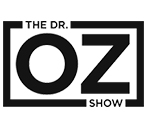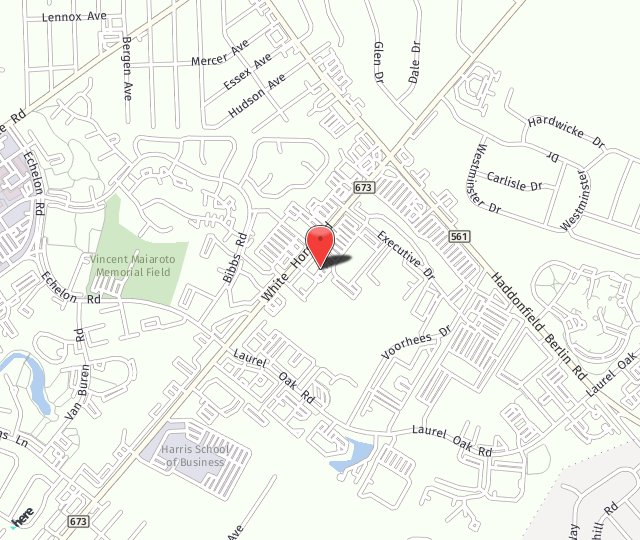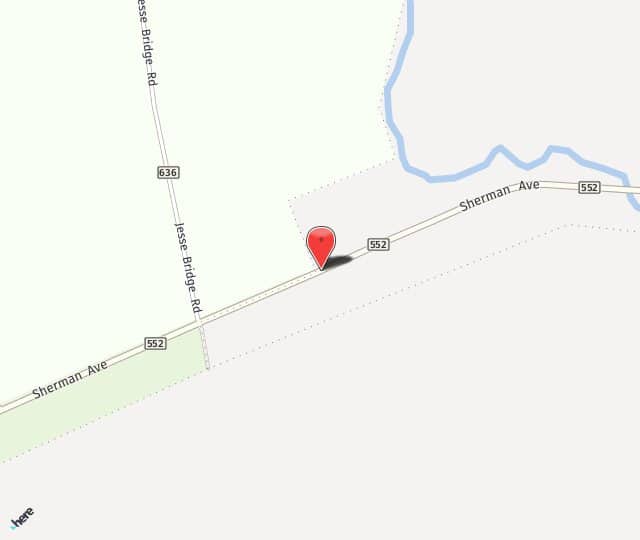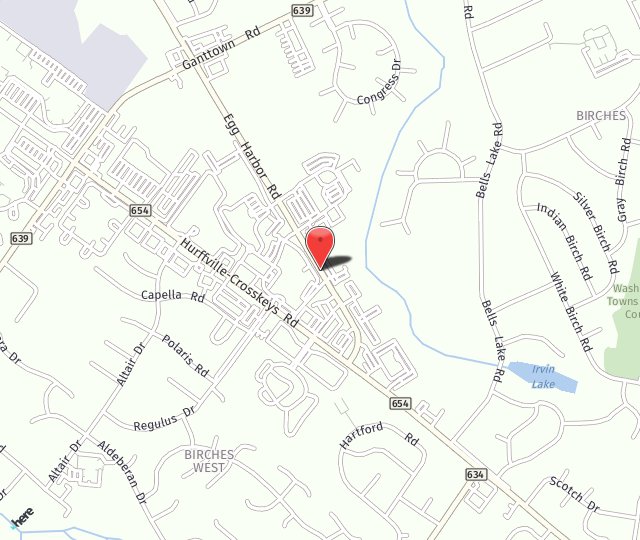Vein Disease
Spider Veins
Vein Problems
Vein Conditions
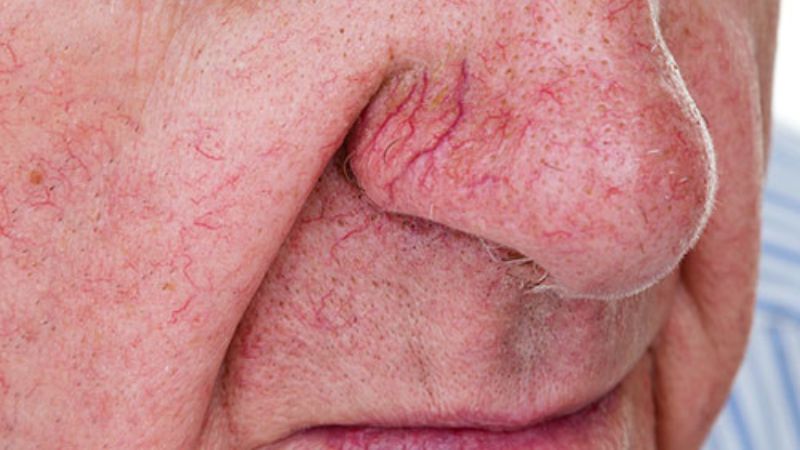
Facial Veins
Hand Veins

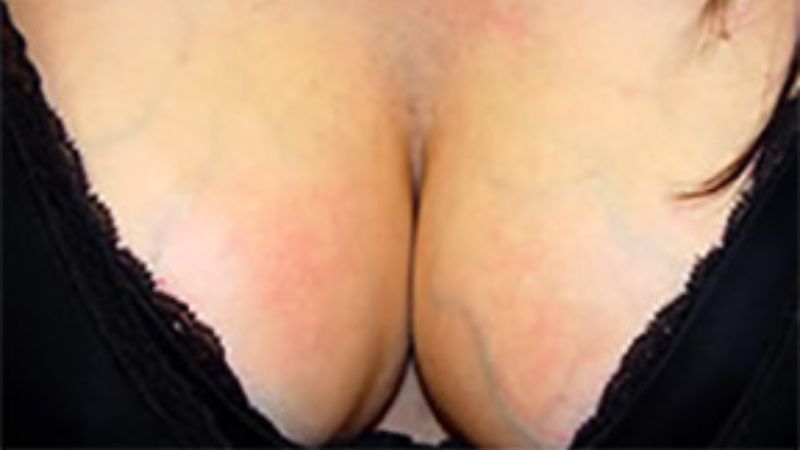
Breast Veins
Trusted by Patients
Insurance
Most insurance plans typically cover varicose vein treatments, including Medicare and Medicaid.
Painfree
Super Fast Recovery
15-45 Minutes
Treatments for Spider Veins
An exciting new technology which was developed in Europe has just become available in the USA – Veinwave! The Vein & Vascular Institute is excited to be able to offer the revolutionary Veinwave for the treatment of small spider veins and telangiectasia. As seen on “The Doctors”, Veinwave is the new FDA approved procedure for immediate results with minimal side effects. The Vein & Vascular Institute is one of the first practices in the tristate area to offer Veinwave treatments.
Veinwave utilizes radiofrequency energy, (the latest rage in medical devices), creating heat similar to laser therapy without its adverse effects on the skin. The desktop device delivers this energy through a pencil like holder device. The veins are traced and there is thermo-coagulation of the spider veins. The vein walls stick together and collapse. The effect of treatment is ‘instant’ – you see the veins disappearing immediately.
The sensation to most is similar to a very fine pin prick, others relate it to a minor sting which does not linger – often it depends upon the location of the treatment. Either way, any discomfort is said to be incomparable to the pain of some laser based treatments and is undoubtedly more effective.
There is:
- No compression stockings needed post treatment
- No hiding from the sun
- No hyper or hypopigmentation
- No downtime
In a few days after treatment, very small micro-crusts can develop which look like a cat scratch. These can appear where Veinwave has been applied. This is normal and no special care is needed. These will disappear on their own.
The Veinwave is excellent for treating those stubborn facial vessels or for those small threadlike spider veins on the legs, ankles and feet. The Veinwave can be used on men and women of all skin types. Each treatment takes about 15-20 minutes, less time than a manicure. One could potentially do it during ones lunchtime and be back to work, minus the spider veins.
No more waiting till after the summer to remove those unsightly veins. So what are you waiting for. Schedule your appointment today!
Laser technology allows us to treat spider veins on the face and legs. It is especially good for spider veins on the face and areas of very small and matted spider veins on the legs. The unsightly veins on the face tend to be red skinny lines on the nose and cheeks which respond nicely to lasers. The laser beam can easily be aimed at these tiny spots and achieve good results.
Spider veins are caused by a variety of factors, including heredity, pregnancy and weight gain, and are estimated to affect nearly half of all adult women in the US. Some people experience painful symptoms such as aching, burning, swelling and cramping from spider veins, while others are bothered by their appearance.
Treatment for spider veins can be done through traditional sclerotherapy or through more advanced and minimally invasive laser procedures.
There are several different types of laser treatment available, including endovenous laser treatment (EVLT), which treats large veins by passing a laser fiber through a catheter directly into the vein. Veins just under the surface of the skin can be treated with a simpler laser procedure over the course of several treatment sessions. Your doctor will decide which procedure is best for you after performing a physical examination and going over your medical history and general health.
Sclerotherapy is the standard treatment for small varicose and spider veins. A sclerosing solution is injected into the vein. The vein becomes irritated, collapses and is gradually absorbed by the body. It is very common for the vein to appear darker and more visible immediately after the injection session. Compression hose-Prescription-strength compression stockings will enhance the results of treatment and reduce potential side effects. This process causes a gradual fading of the treated vessel over a period of several weeks to several months. The legs, ankles, feet, breast and hand small varicose veins and spider veins are usual treatment locations.
The needles used for the injections are as fine as your hair and typically not painful. Most patients agree that sclerotherapy is less painful then laser treatment. Since a solution is injected along the length of the vein, a large treatment area can be performed during one session. In the past, the pain associated with this therapy was not the injections but rather due to the solutions utilized. With today’s newer medications there is no pain from the solutions. Certain medications can be foamed to increase their effectiveness.
The most important reason why sclerotherapy is still the gold standard for leg vein treatment is that you can treat the entire vein and the underlying skin veins known as reticulars, which feed the spider veins on your legs. This is analogous to removing the branches on a tree rather than just the leaves. This results in more durable results and a longer time before recurrence. To see the underlying veins a high power painless fiberoptic light is used to help guide the injections.
These underlying reticular veins often cannot be seen by the naked eye and therefore a laser beam, resulting in inadequate results with laser. By the end of the treatment program, the veins are not visible on the skin surface. Sclerotherapy is most effective on smaller surface veins, less than 1-2mm in diameter.
Click here to read an in-depth article on Sclerotherapy authored by Dr. Dietzek.
Sclerotherapy Treatment for Hand Veins
One of the most effective forms of treatment for hand veins is sclerotherapy. This medical procedure involves the injection of a sclerosant solution into the prominent veins, which causes irritation and their eventual collapse. The treated veins are ultimately absorbed into the body and the blood is redirected naturally to flow through other, healthier veins. Performed in your doctor’s office, sclerotherapy procedures typically take about 30 minutes.
Some patients will only need one session of sclerotherapy to completely resolve their hand veins, while others may require multiple sessions. Anesthesia is not necessary and most patients report experiencing little to no pain, other than perhaps just a mild burning sensation. After the skin is cleaned with an antiseptic solution, the sclerosant is injected into the affected veins with a very fine needle.
The number of injections per session varies based on the number and length of the damaged veins. After the sclerotherapy procedure, cotton balls and compression tape are applied to the injection site. After sclerotherapy, most patients can return to work and other normal activities the same day. Compression gloves and support bandages may need to be worn for several days after the procedure.
Some patients may experience mild bruising and pigmentation following sclerotherapy. These side effects usually subside within a few days. The long-lasting results of sclerotherapy begin to show up immediately, and are usually fully visible after three to six weeks.
Meet Dr. Dietzek

Charles L. Dietzek, D.O., FACOS
Dr. Dietzek Has Been Featured On

